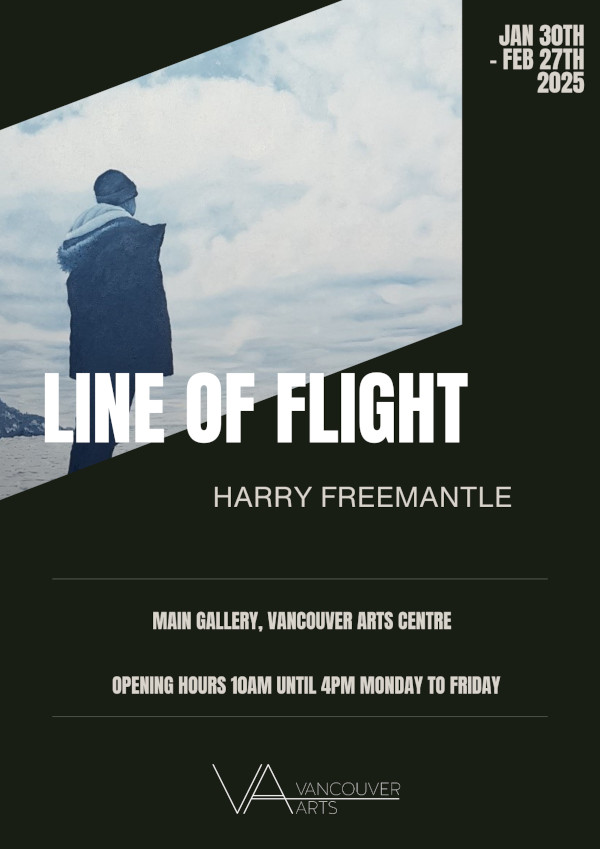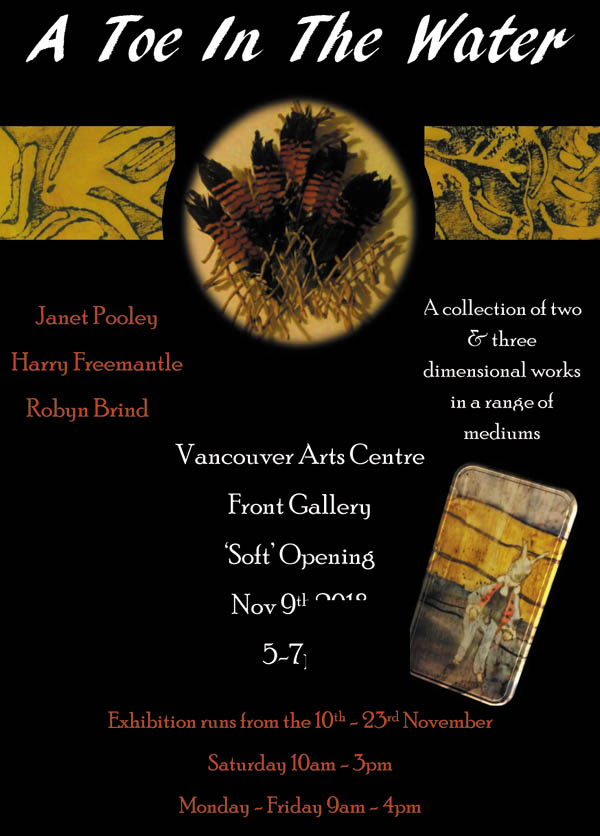|
My main practical emphasis is on getting each painting right in terms of technique and the use of architectural space - both within the painting itself and in the way the subject or object is selected and cropped and arranged - while keeping in mind the point of view of the spectator. The aim is to make each painting pleasing to the eye. Trying to get the underlying drawing accurate is also important. The line is a one dimensional starting point. It needs to be invested with light and dark to move it toward three dimensional definitions. Honore Balzac informs us that ‘there are no lines in nature’ while Paul Cezanne painted a series of pictures on the same theme in an attempt to maintain the line but to no avail ‘you have to hurry if you want to see something, everything is disappearing’ he exclaims. In theoretical terms the paintings are mostly about playing. Playing with the philosophical notions of people like Roland Barthes and Jacques Derrida as they discuss the role of the image and in particular the photographic image, as well as a discussion about the struggle with a loss of memory and the endeavour to preserve images by renewing them in the present. Freud has a metaphor that describes this process in relation to photography and psychoanalysis. He calls it Wunderblock, a ‘mystic writing pad’ that is essential in the effort to preserve and understand the traces of memory without the distortion of time and distance and rationalisation. Early photographic results were captioned by William Henry
Fox-Talbot in the title of his 1839 book The Art of Photogenic Drawings,
or the process by which natural objects may be made to delineate themselves
without the aid of the artist’s pencil. Photography arose out
of a widespread desire to fix permanently the fleeting images seen through
a camera obscura. The first description of a camera obscura can been
found in the 10th century writing of the Arabian scholar Ibn al Haithan
and this vision machine has been used by artists and architects as an
aid to drawing since at least the mid 16th century. I return to these
discussions and re-introduce the pencil and brush and paint to hopefully
reinvest memory and meaning to chosen images from the past so they do
not hurry to nothingness at quite the same pace. |
|
|
|

